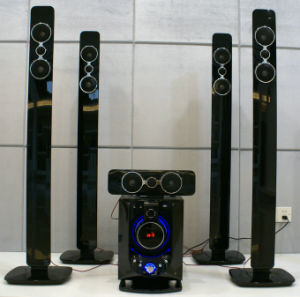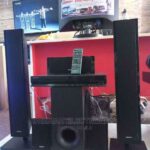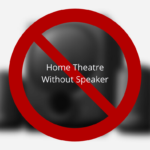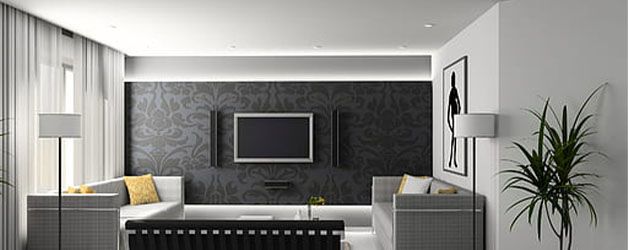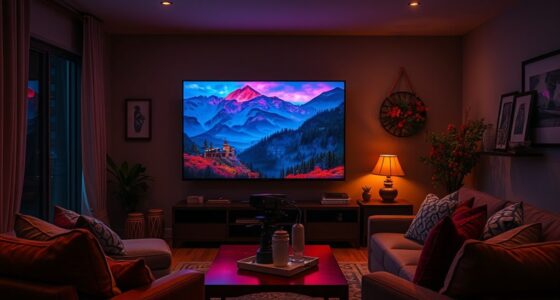
If you want to replicate the ambiance of a movie theatre at home, you will need a home theatre that has powerful sound channels. For most people, 100 watts per channel should suffice. However, you should consider the volume level, as cranking up the volume too high can be too loud for most homes. If you live in an apartment, your neighbors may not appreciate your loud video game session.
Amplifier power
The best amplifiers for home theatre are designed to reproduce the highest possible audio volume levels. The output power of a home theatre amplifier is typically measured in watts per channel. A typical home theatre amplifier ranges in power from 20 watts per channel to 200 watts per channel. Increasing the wattage of your home theatre amplifier will make the sound volume more than twice as loud.
The amount of power needed for a home theater system depends on the size of the room and the speakers you plan on using. A large room will need at least fifty watts of power. In contrast, a small room may only need a single 20-watt amplifier. A power amplifier with a lower wattage will not work well with a larger room.
In addition to the wattage per channel, the amplifier should be capable of handling the impedance of the speakers in order to provide good audio. For example, if you are using four-ohm speakers, you will need an amplifier with a Continuous Power Handling (CPH) rating of 1.6 x 100 W per channel. For larger speakers, a higher wattage would be necessary.
Speaker power
When shopping for home theatre speakers, it is important to consider the power required to drive them. Home theatre components should be able to handle a certain amount of power without experiencing any noticeable distortion. When buying multichannel systems, look for maximum power specs that show how many speakers can be driven by a single unit. If you only need two speakers to hear a movie, check the output power rating of the unit to make sure it can handle this amount.
Most manufacturers indicate the power ranges for their speakers, which makes it easier to match the speakers to the right amplifier. Usually, this range is about 50 to 200 watts per channel. It is best to match the speakers with an amplifier in the same range, but not too high. Otherwise, you could damage your speakers’ cones.
If you have surround-sound content, you’ll need speakers with at least 50 watts RMS per channel. This means that each speaker should be able to reproduce surround-sound sound without introducing distortion. Speakers with 50-watt power can play loudly in an average-sized room.
Speaker efficiency
The number of watts an amplifier can produce is a factor to consider when selecting a home theatre system. More watts means more work for the speaker. However, a speaker can only handle so much work over a period of time. As an example, the speaker specification sheet in the example above listed its power capacity as 500 watts. However, other specification sheets may list this information in other terms, such as RMS Power Handling, Program Watts, or Continuous Power Capacity.
An amplifier’s output specification will specify the maximum amount of power it can produce and the minimum speaker resistance. If the amplifier specifies a 100-watt output, a speaker with an ohm of 8 will consume 100 watts of power. The speaker’s resistance is measured in ohms, which is a technical measurement of resistance.
For moderate sound listeners, a high-watt speaker won’t be necessary. High-watt speakers are available from some manufacturers but are not very effective. However, some speakers are less than 10 watts and produce excellent audio. You should always remember that sound quality is more important than wattage.

